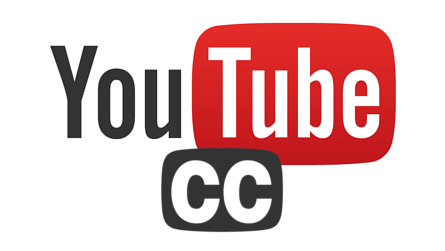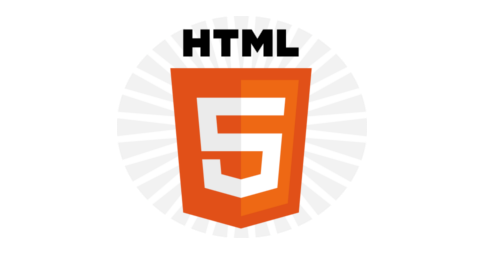How to caption a YouTube video
YouTube is a popular way to share videos online. Providing captions on videos makes them accessible to a wider audience, including Deaf and hearing impaired users. Captions also help to increase the search ranking of a video so that it is more easily discovered through search engines.
Top of page






